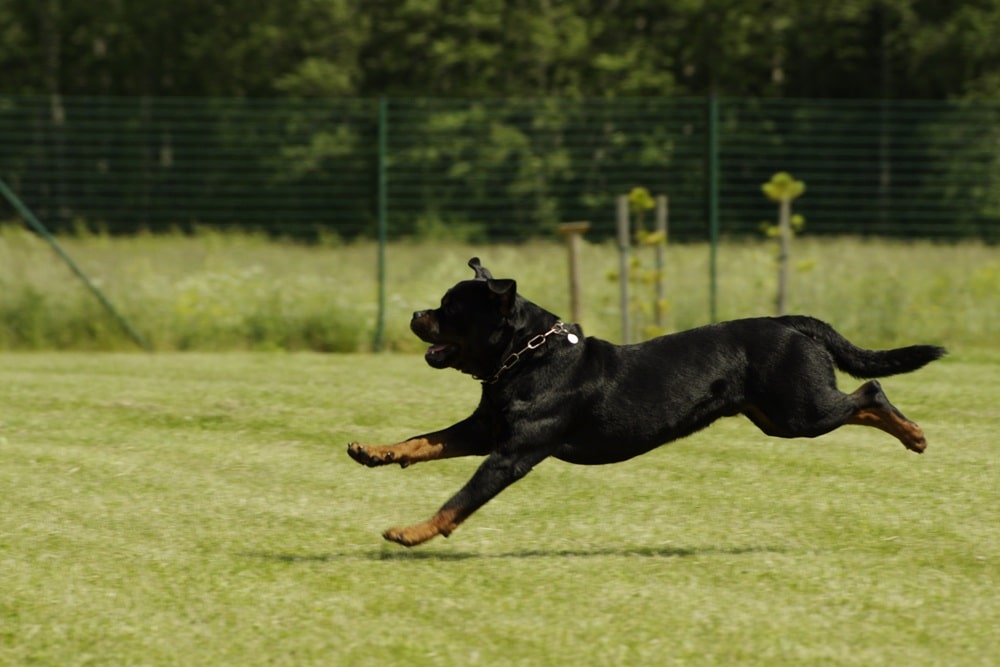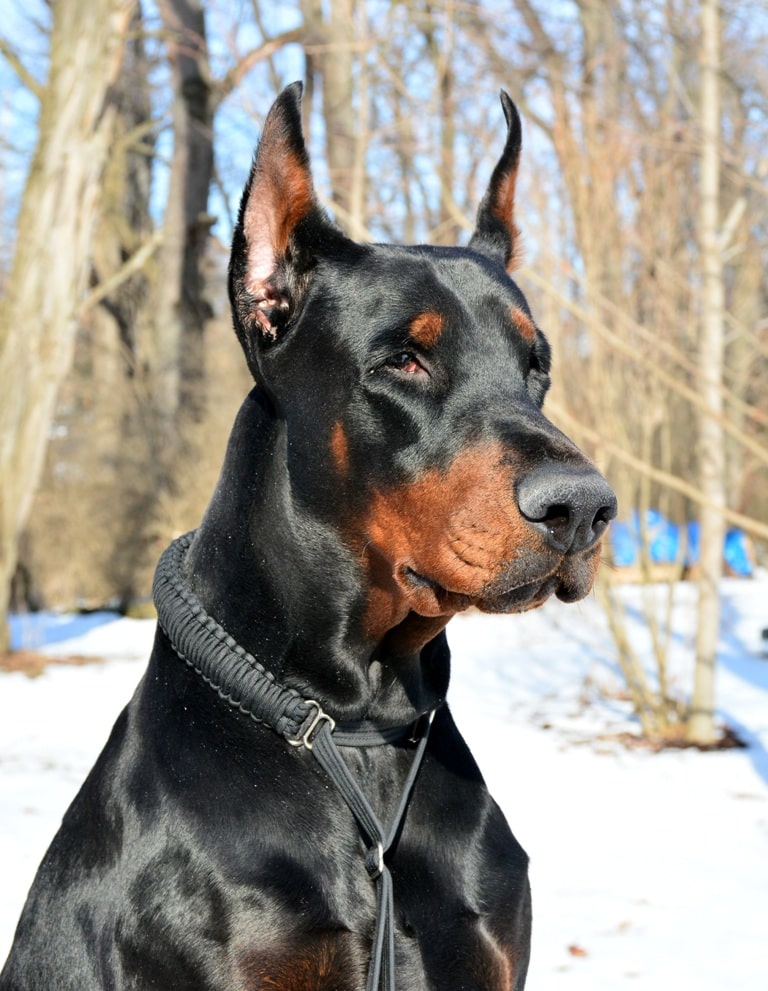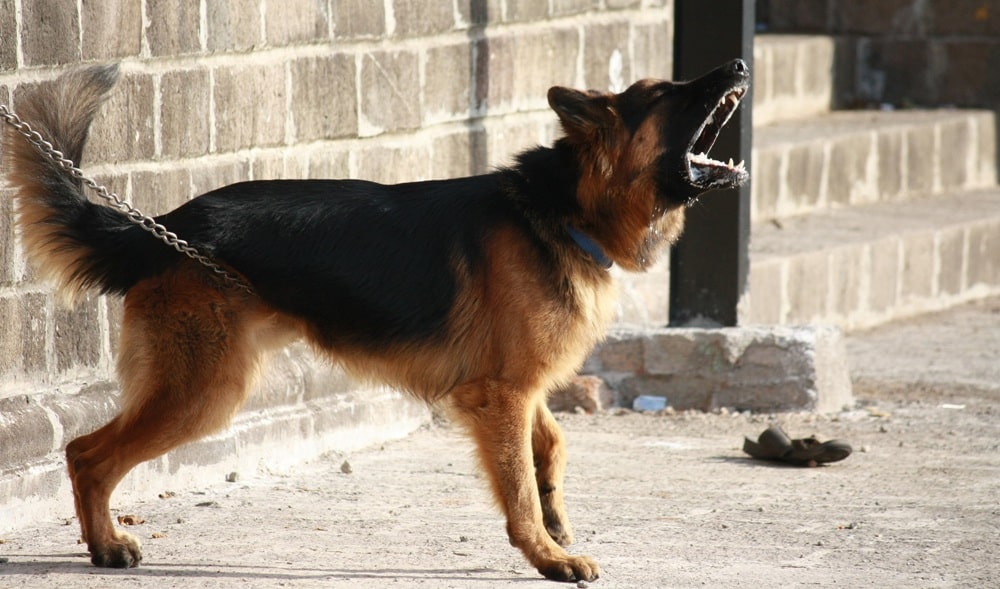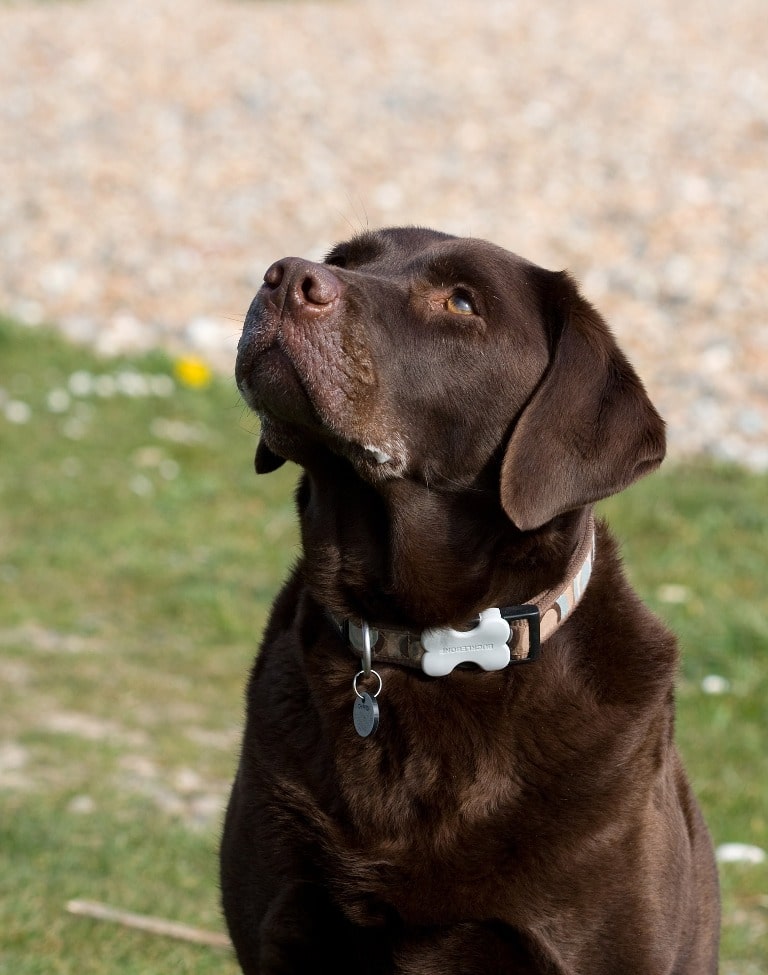





Difference between a family canine and a protection canine:
While there are many similarities and overlaps in the roles of family canines and protection canines, there are also fundamental differences in their training, temperament, and function within a household. Both can potentially fit within a family setting, but the degree and nature of their integration can vary significantly.
A family canine is essentially a companion animal, selected and socialized to provide companionship and add joy to the family. They are often chosen based on their temperament, suitability to a particular lifestyle, and compatibility with children or other pets. These dogs might bark at a stranger at the door, but their primary role isn't protection; they are there for companionship, and any protective behavior is usually secondary and instinctive.
In contrast, a protection canine is primarily trained to safeguard people and property. These dogs possess natural protective instincts which are honed and controlled through extensive, specialized training. They are trained to assess situations for potential danger, react appropriately to threats, and physically intervene when necessary. While protection canines can certainly be part of the family, their role involves more than companionship; they also serve as vigilant guardians.
As for personality and temperament, family canines are often chosen for their sociability, gentleness, patience, and adaptability. They need to be comfortable in various scenarios, from noisy family gatherings to quiet evenings at home, and they need to be patient and gentle with children.
Protection canines, on the other hand, need to be alert, bold, and obedient. They require a balanced temperament – they must not be overly aggressive or timid. They should exhibit a calm, controlled demeanor and only display aggressive behavior when a legitimate threat is present.
Three examples of popular family canine breeds include:

**Golden Retriever:** Known for their friendly and tolerant attitude, Golden Retrievers are reliable, loyal, and easy to train, making them an excellent choice for families.

**Labrador Retriever:** Labradors are outgoing, even-tempered, and well-behaved around kids. They enjoy the active company and can adapt to different family types.

**Beagle:** This breed is sociable, excellent with kids, and well-suited to active families. They are known for their loyal nature and adaptability to various home environments.
Three examples of popular protection canine breeds include:

**German Shepherd:** They are naturally protective and are excellent with families when properly socialized. They are intelligent, obedient, and have a strong drive to protect their loved ones.

**Rottweiler:** Rottweilers are confident and loyal, making them great protection dogs. While they can be aloof with strangers, they are generally calm and affectionate with their family.

**Doberman Pinscher:** Dobermans are known for their loyalty and intelligence. They are excellent protection dogs and can be good family pets when given proper socialization and training.
It's crucial to remember that these distinctions are not absolutes; there is substantial variation within each breed and each individual dog. A dog's upbringing, socialization, and training play an enormous role in its behavior, and any dog, whether a companion or protection breed, can be a well-adjusted, loving member of a family with appropriate care and training.
